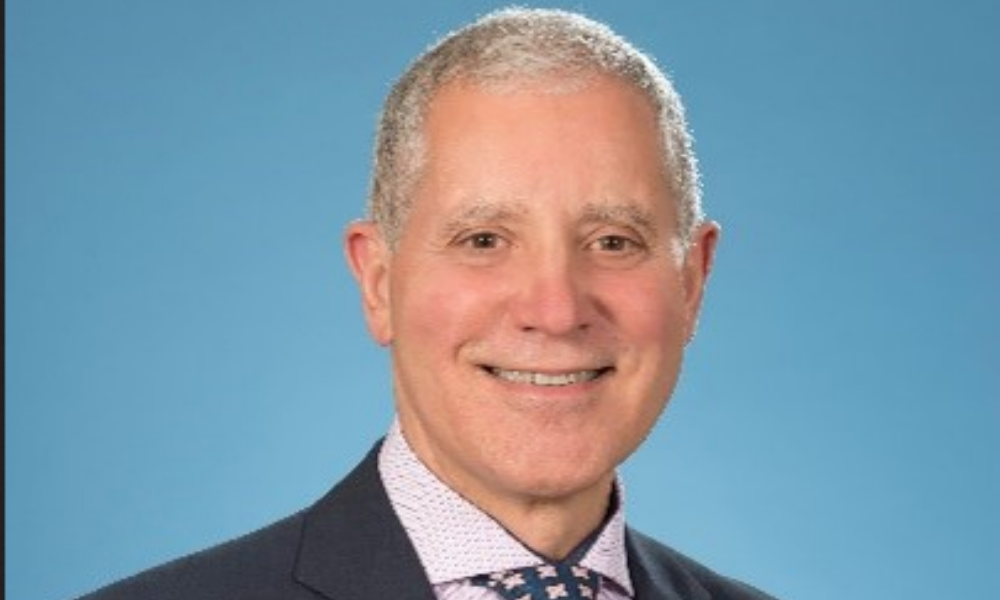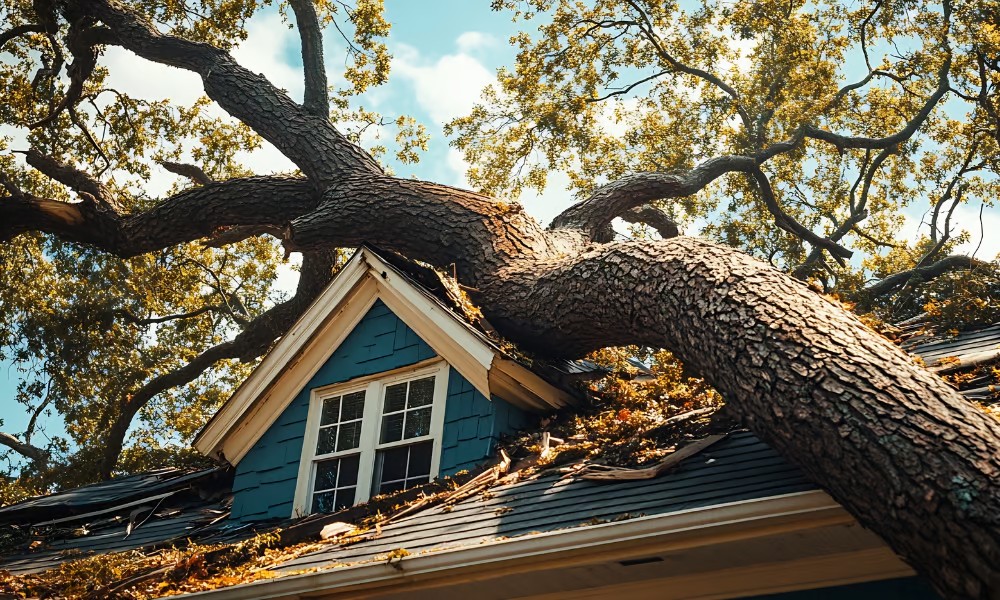Why retired safety leader is still advocating for title protection

The first Tuesday in May marks Occupational Safety and Health Day in Ontario, and the Board of Canadian Registered Safety Professionals is using the occasion to call on the province to accept its recommendation along with those of the Ontario Prevention Council and the Ontario Chamber of Commerce to enact title protection for safety professionals.
The push for title protection has been ongoing for many years, but long-time safety leader, Larry Masotti, says title protection is needed now more than ever because the complexity of the role has increased dramatically over the past few years.
“Today, we extend that reach by looking at all the technological advances that have been brought… drones, artificial intelligence, robotics, even 3d printers. On the other end of the spectrum, the human skill piece has been enhanced as well. We're talking more about mental health, we're talking about managing impairments, violence and harassment…and diversity, equity, and inclusion.”
Masotti is a CRSP and retired from Workplace Safety & Prevention Services, a not-for-profit organization, but he also has decades of experience as a safety leader in the for-profit world. Masotti says in the past there have been concerns title protection would create more red tape for businesses. But he says title protection would help Ontario businesses because leaders would be able to easily identify qualified professionals to help with their health and safety programs.
The Ontario Chamber of Commerce agrees, and along side the BCRSP, it co-authored an open letter to the province calling on it to act.
“With no existing government oversight mechanism and no mandatory educational or experiential standards for Occupational Safety and Health practitioners in Ontario, the clear next step in advancing prevention measures is title protection for the safety profession,” reads the letter.
The Ontario Prevention Council also supports the initiative spearheaded by the BCRSP. But even among some sections of the community of safety professionals, title protection has been met with skepticism, according to Masotti. “I would suggest that there are some that are concerned that their skill set may not be recognized.”
Masotti says a CRSP doesn’t need to be the only designation that would qualify for title protection.
“We are just trying to lead in this advocacy effort… we would aspire to the highest credential or the highest criteria to ensure that we are professional. But this would be a collaborative effort. It must be a collaborative effort, just like all things in workplace health and safety.”
Title protection is a battle taking place on multiple fronts, because each individual province needs to be convinced it is necessary. Masotti says the BCRSP is focusing on Ontario because of the economic size, and hopes that if, and when, it does act, it will have a ripple effect across the country.
“Given that many organizations that operate in Canada transfer people often and have projects throughout the country, the idea of having a common recognized designation or title protection would be advantageous to businesses operating in Canada, and North America for that matter.”
One protected title to rule them all.





